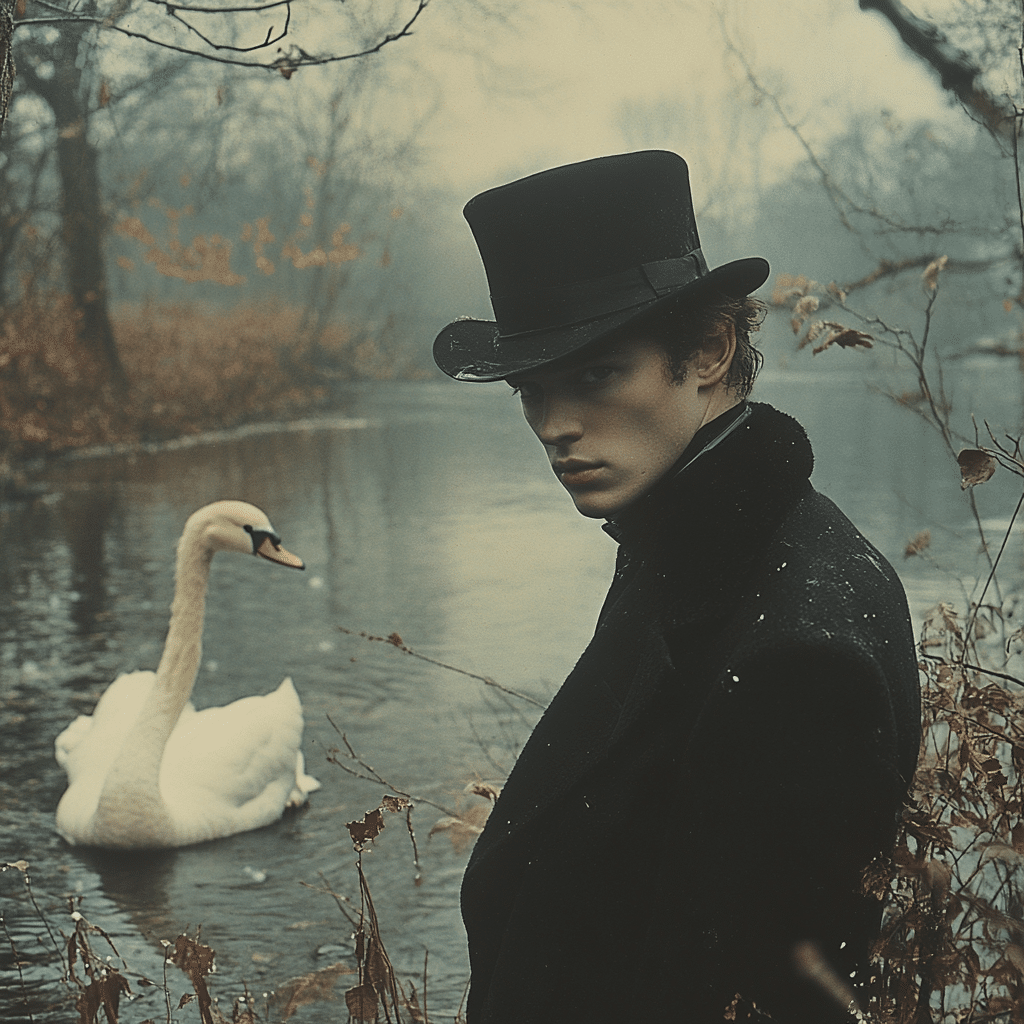
Truman Capote Swans Captivating Stories Of Glamour
Truman Capote, the celebrated author and socialite, is renowned for his captivating narratives that intertwine the glitzy world of high society with the raw truth of life. Central to his universe are the “Truman Capote swans”—a term affectionately used to describe his circle of glamorous women who significantly influenced his life and inspired much of his writing. Characterized by their allure and complexity, these women represent a fascinating blend of superficial beauty and deep emotional resonance. Let’s dive deeper into the lives of these iconic figures and explore how their legacy still reverberates through modern Hollywood narratives today.
1. The Glamorous Lives of Truman Capote’s Swans
The Enigmatic Lee Radziwill
Lee Radziwill was not just the sister of Jacqueline Kennedy Onassis; she was a vibrant socialite who captured Capote’s imagination. With her elegance and quick wit, Lee became a muse for many of Capote’s works. Their friendship blossomed amidst the backdrop of high society, where dinner parties and fashion shows formed the canvas on which they painted their lives. Capote’s stories often illuminated the blend of joy and anguish that marked the lives of the elite, with Lee embodying both grace and complexity.
The Exceptional Babe Paley
Babe Paley was more than just a socialite; she epitomized the quintessential beauty of her era. The leading figure in the glamorous Paley family, Babe attracted Capote’s attention and admiration, becoming a prominent subject in his famed work, “Answered Prayers.” Her charm and poise, coupled with her tumultuous relationships, painted a vivid picture of the struggles faced by women in the spotlight. It’s easy to see how the allure of Babe Paley continues to influence modern depictions of women in film and literature.
The Undeniable Gloria Vanderbilt
As a fashion icon and heiress, Gloria Vanderbilt stood out among Capote’s inner circle. Their relationship was a testament to the complicated nature of fame—Capote found inspiration in her artistic ventures alongside her rocky personal life. Gloria’s status as a symbol of the American elite showcased the interplay between glamour and the intense scrutiny from the media. They were not just friends; they were two creative souls navigating the treacherous waters of celebrity life, altering the narrative surrounding wealth and friendship forever.
The Charismatic Slim Keith
Slim Keith brought a blend of beauty and sharp intellect to Capote’s world. A model and actress, Slim was known for her distinctive style and social acumen. Capote’s portrayal of her life highlights the dual standards that society places on women, especially those who are seen as glamorous. Her story is a reflection of the societal pressures faced by women to conform to beauty ideals while trying to maintain authenticity.
The Unique Ann Woodward
Ann Woodward is perhaps one of the most intriguing of Capote’s swans, her life steeped in drama and scandal. Married to a wealthy businessman, Ann became embroiled in a media frenzy that captivated the public, illustrating the darker sides of wealth and fame. Capote’s exploration of her life wasn’t just about sensationalism; it was a deep dive into the emotional turmoil beneath her glamorous exterior. This blend of light and shadow remains relevant, shedding light on how public narratives shape private lives.
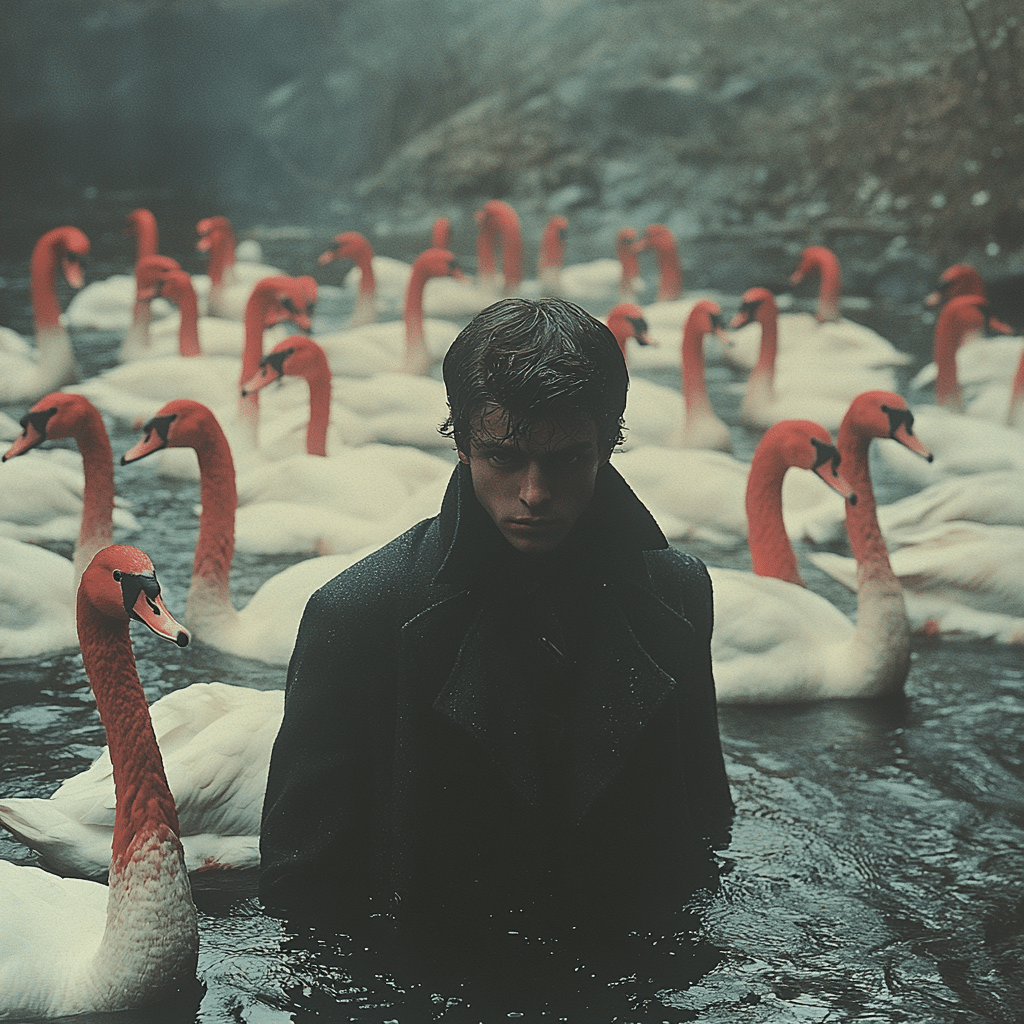
2. Harrison Ford’s Enduring Romance with Calista Flockhart: A Modern Swan Story
Fast forward to today, and we find echoes of the Truman Capote swans in contemporary Hollywood relationships, like that of Harrison Ford and his wife, Calista Flockhart. While their romance may seem worlds apart from Capote’s glamorous circle, there’s a layer of sincerity that resonates deeply. Since they began dating in 2002, this couple has exemplified a different kind of glamour—one based on genuine affection nestled in the spotlight of Hollywood.
Calista, best known for her role in “Ally McBeal,” and Harrison, renowned for his role as Han Solo in “Star Wars,” showcase how love can thrive amid the glitz without losing authenticity. Their enduring relationship, grounded in mutual respect, reflects the changing landscape of celebrity partnerships, balancing fame with a commitment to family. In many ways, their story is a modern swan narrative; a testament to the power of love amidst a backdrop that often values fame over genuine connection.
3. The Intersection of Fame: Andrew Lincoln, Patrick Dempsey, and Regina Hall
Today’s Hollywood features a complex tapestry of celebrity relationships that mirror Capote’s explorations of intimacy and friendship.
Andrew Lincoln and His Subtle Charm
Andrew Lincoln, recognized for his role in “The Walking Dead,” maintains a more private personal life compared to Capote’s swans. His marriage to Gael Anderson emphasizes authenticity over public spectacles, providing an admirable balance between his career and family. Lincoln’s journey reflects a contemporary ethos grounded in stability amidst the swirling chaos of fame.
Patrick Dempsey’s Charitable Glamour
Patrick Dempsey, best known for his portrayal of Derek Shepherd in “Grey’s Anatomy,” adeptly weaves philanthropy into his glamorous image. Alongside his wife, Jillian, he showcases how modern celebrities can use their influence for meaningful causes, emphasizing that glamour can indeed correlate with genuine contributions to society. Their alignment speaks to a deeper kind of allure—one that ties wealth and fame to purpose and gives a nod to the charismatic pursuits reminiscent of Capote’s circle.
Regina Hall’s Rise and Empowerment
Regina Hall represents the new wave of women in Hollywood, gaining acclaim not only for her roles but also for her advocacy. She stands as a modern swan, using her platform to empower others, showcasing that beauty and talent can be instrumental in creating social change. Hall exemplifies the growing trend among women in the industry, where glamour intertwines with narratives of resilience and impact much like the tales Capote spun about his own swans.
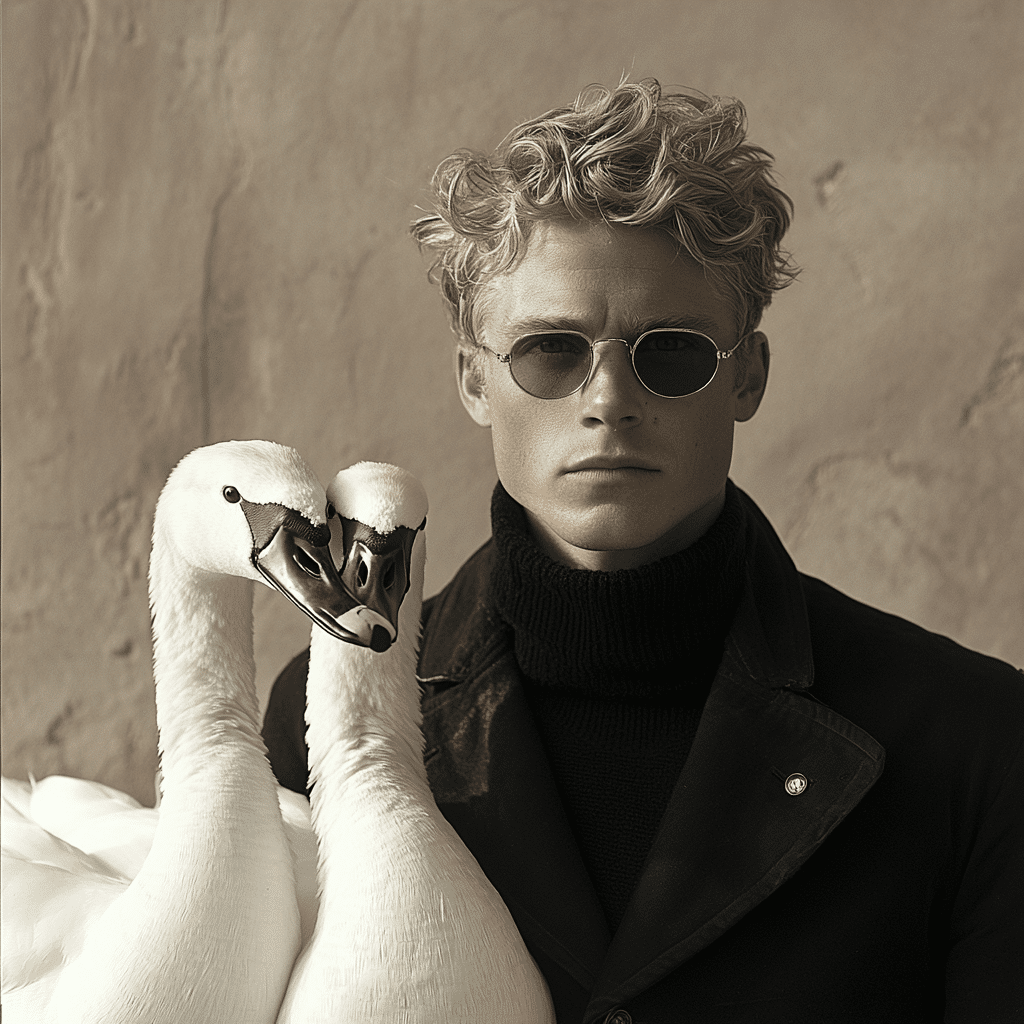
Celebrating the Lasting Legacy of Glamour
The narratives surrounding Truman Capote’s swans are a rich tapestry woven with tales of beauty, fame, and emotional depth. They remind us that behind every glamorous facade lies a poignant story waiting to be told. Today, as we witness the evolving nature of celebrity and relationships, the essence of Capote’s swans lives on, inspiring a new generation of storytellers.
In this age of social media and constant scrutiny, much like Capote’s circles of influence, today’s stars navigate similar paths—balancing the weight of public perception with personal authenticity. The enduring allure of glamour transcends mere aesthetics, revealing the complexity of human connection. In reflecting on these legacies, we celebrate not just the glamour of the past but the profound stories that continue to resonate in Hollywood today.
Through timeless tales and vibrant lives, the legacy of Capote’s swans endures, reminding us all of the intricate dance between fame and friendship at every twist and turn. Ultimately, as the dust settles on the glittering narratives, we find that glamour is, at its heart, a powerful means of storytelling that echoes through generations, forever evolving yet ever relevant.
Truman Capote Swans: Captivating Trivia and Fascinating Insights
The Glamorous Life Behind the Stories
When it comes to Truman Capote, the man was a sparkling figure amidst 20th-century glam, drawing folks into his fabulous circle. Capote’s parties—the ones that defined high society—were legendary. Many guests were often adorned in stunning outfits, almost like walking illustrations from a luxury magazine. Speaking of high-profile gatherings, one could quip about how they “can’t fight this feeling” of stepping into an opulent soirée, just like the vibe from an iconic song by Reo Speedwagon.
Capote’s stories, particularly the famed “Swans” like Babe Paley and Lee Radziwill, reveal more than just glamorous lives; they paint a portrait of friendship and betrayal, splendor and sadness. Capturing the essence of characters, Capote was a master storyteller, similar to how a talented cast brings the “How to Train Your Dragon” narrative to life in its live-action rendition. His work delves deep into the hearts of those swans—privileged yet profoundly human.
The Story of Influence and Inspiration
As Capote explored friendship within the rarified air of the arts, he lent an ear to the stories swirling around him. There’s an element of curiosity in how these swans inspired his writing, like flipping through Hello Kitty pajama pants that emit a sense of nostalgia. Each swan had their narrative, often punctuated by trials and tribulations that felt almost surreal, much like the scenes in the Empyrean Series that reveal raw emotional undertones.
What’s fascinating is how Capote’s influence didn’t just stop at words; it extended into the attitudes and aesthetics of the era. For example, understanding friendships like those of his swans could be akin to analyzing a “blow-up doll”—it’s about seeing what lies beneath the surface and not just the outward appearance. Recognizing these layers of vulnerability reminds us that everyone has their own story, much like the quirky charm of an axolotl Squishmallow, celebrated for its uniqueness.
The Enduring Legacy
Over the years, Truman Capote’s swans have remained a topic of admiration and reflection. Their tales intertwine fashion, drama, and the fragility of connection, resonating even with modern icons. It’s like when people scramble to know more about the romantic life of figures such as Anthony Edwards and his girlfriend—curiosity always pulls us in. Ultimately, Capote’s ability to weave glamour with stark reality captivates audiences well beyond his time, echoing even in today’s cultural dialogues. Just as we indulge in exquisite dining at places like Sadelles, Capote granted us a taste of the high life mixed with deep human emotion that we still savor to this day.
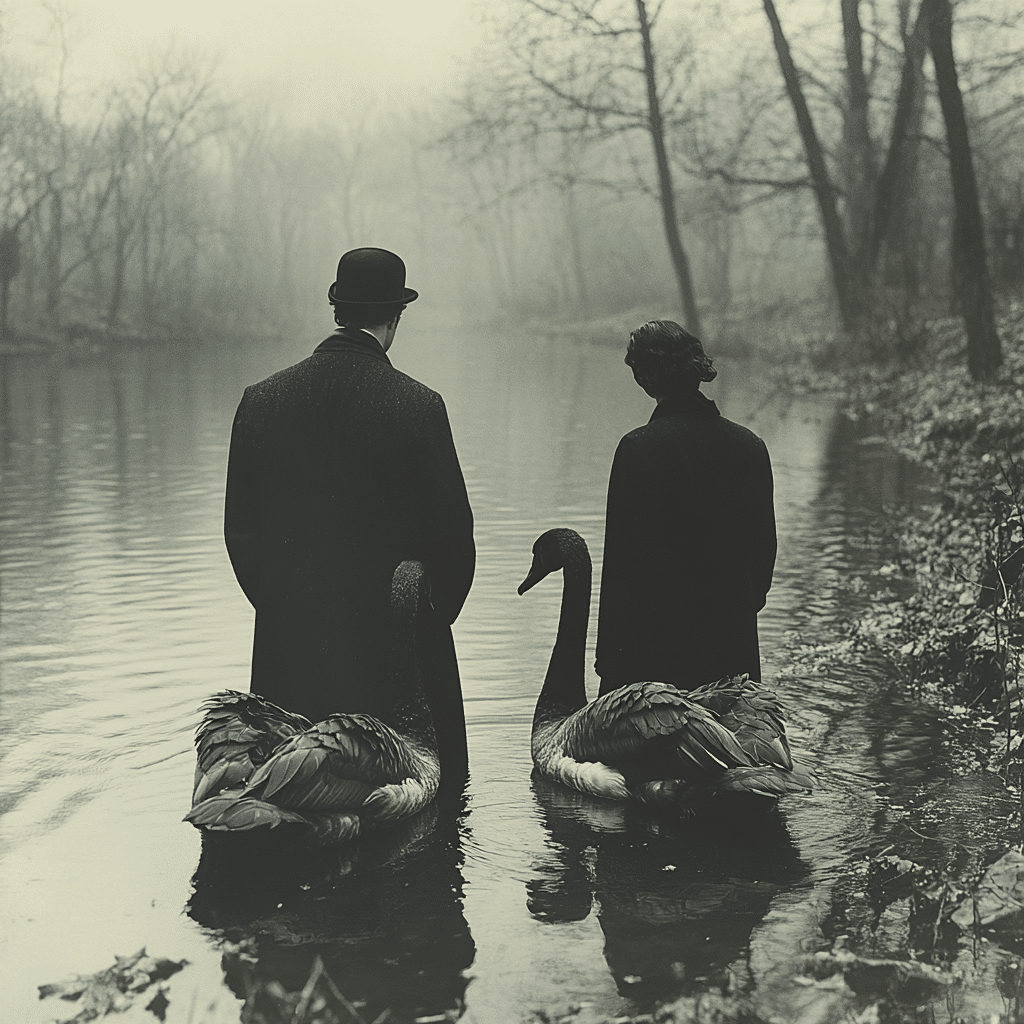





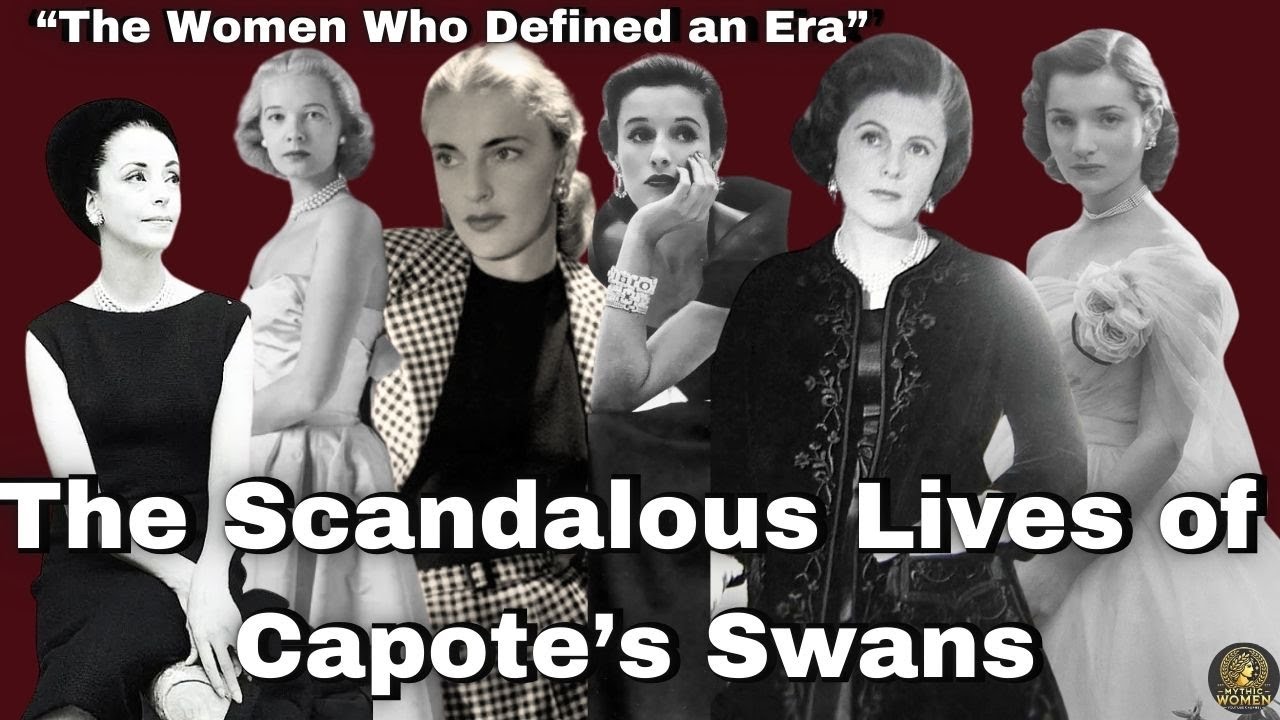
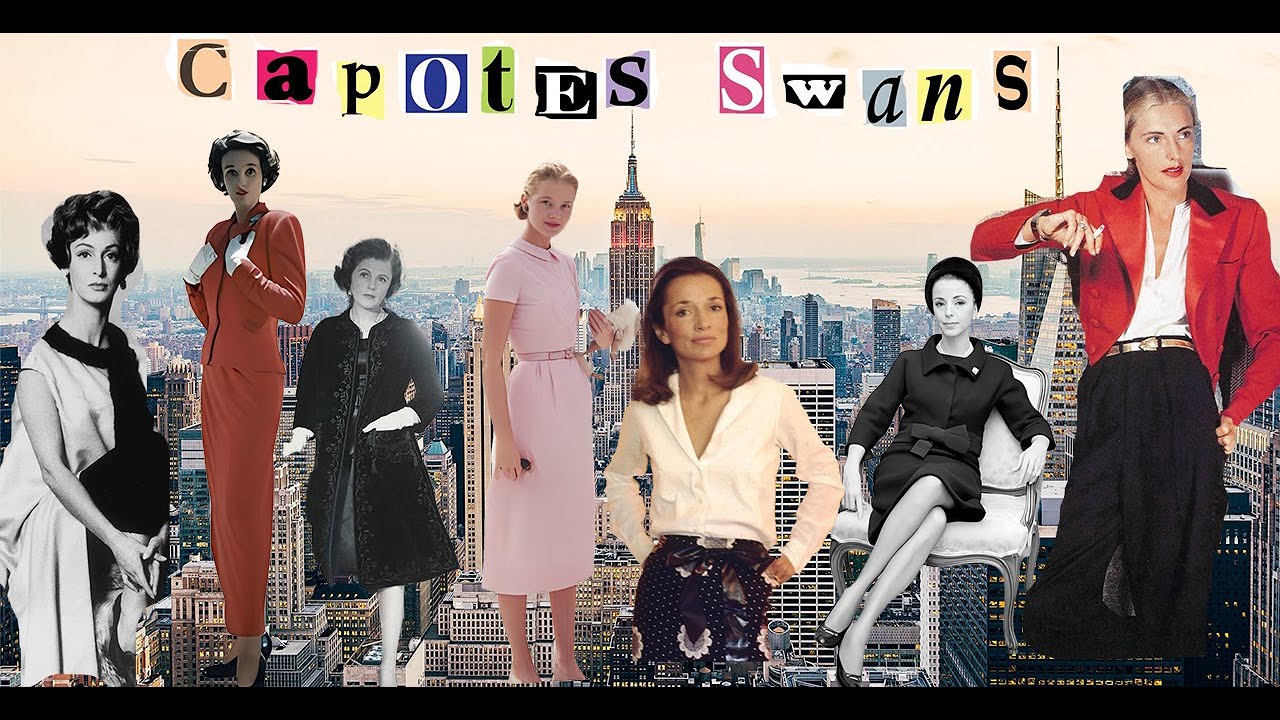
![The DARK Side of Truman Capote & How He BETRAYED His Swans [Documentary]](https://www.loaded.video/wp-content/cache/flying-press/a6664cf13270beba69b9a608ce5b8bba.jpg)




